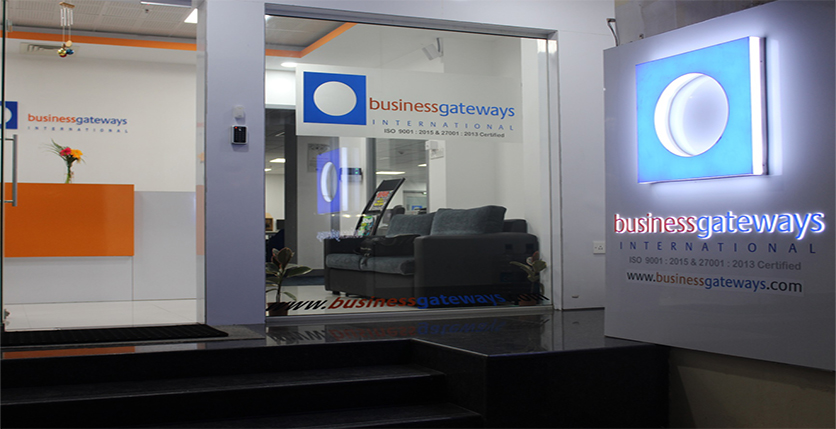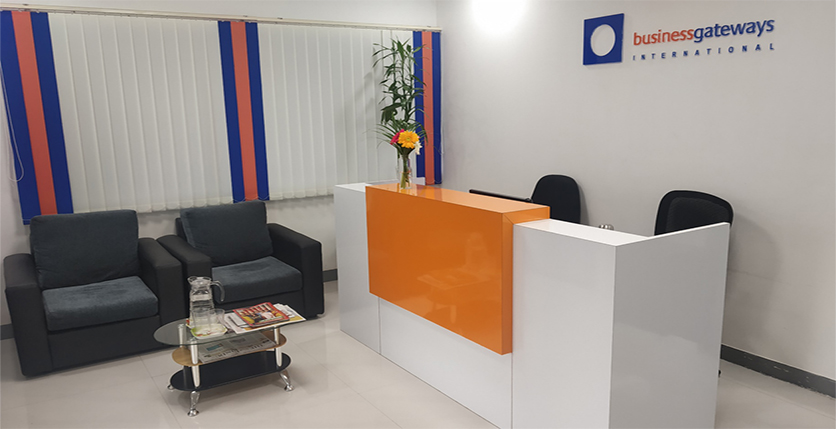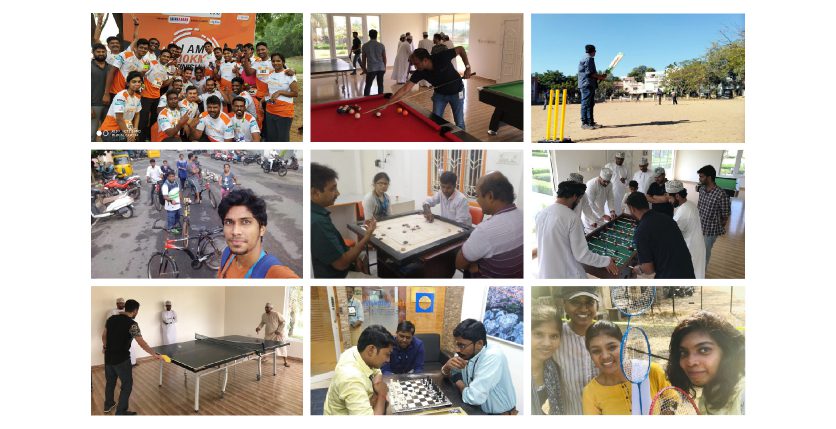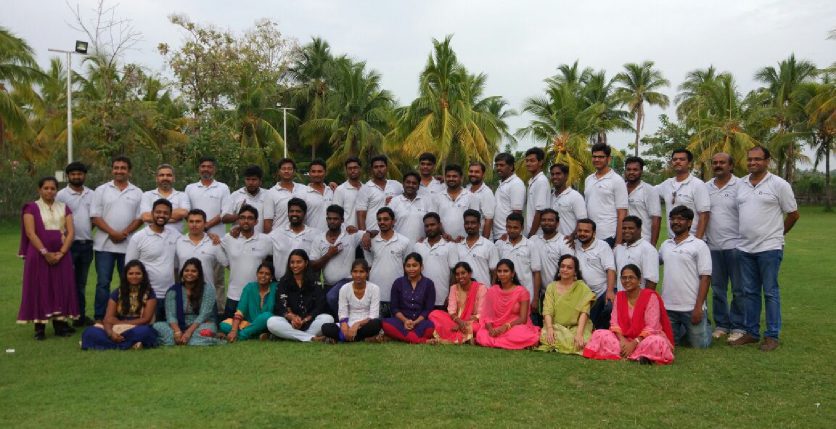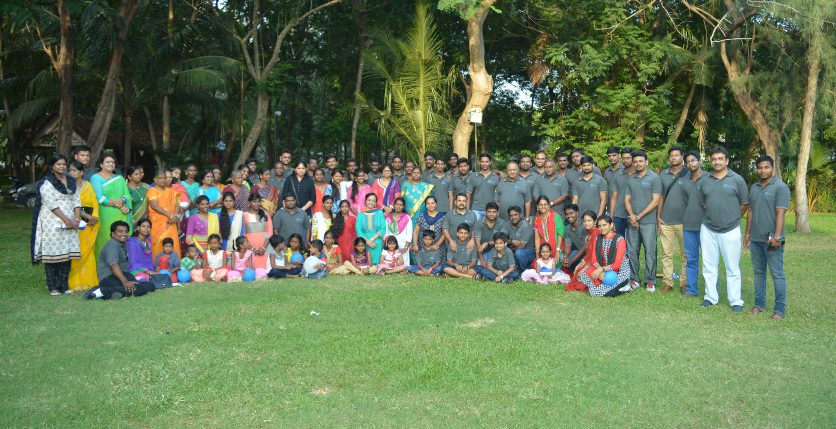Design Revolution
How AI is Revolutionizing the Creative Process
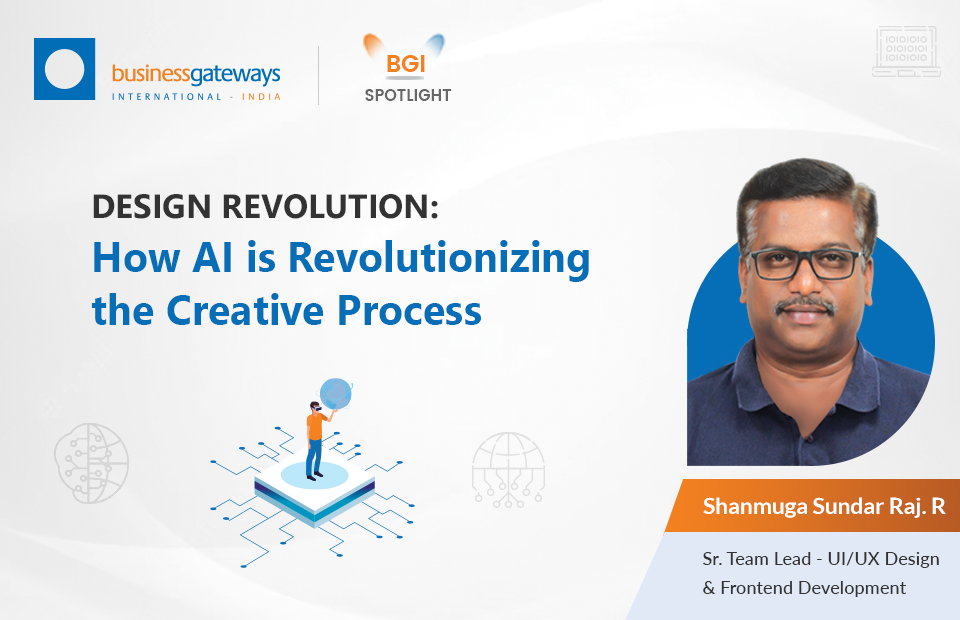
Welcome to a new era of design revolution, where the fusion of human creativity and artificial intelligence (AI) is reshaping the creative process like never before. In this rapidly advancing digital age, AI has emerged as a transformative force, revolutionizing industries and pushing the boundaries of innovation. As a Senior Team Lead in UI/UX Design and Frontend Development, I am excited to explore the profound impact of AI on the creative landscape and how it is empowering designers to achieve unprecedented levels of creativity and efficiency.
The Rise of AI in Design:
Design has always been a realm governed by human imagination and intuition. However, the advent of AI has opened up endless possibilities for enhancing and streamlining the design process. AI is a game-changer, capable of analyzing vast amounts of data, recognizing patterns, and predicting user behavior, enabling designers to make data-driven decisions that resonate with users on a deeper level.
Enhancing Creativity through Insights:
AI-driven data analysis is a powerful tool in the hands of designers. By leveraging AI’s capabilities, designers can gain profound insights into user preferences, pain points, and behavior. These valuable insights are instrumental in creating designs that are intuitive, user-centric, and tailored to meet individual needs.
For instance, AI-powered analytics can decipher user interactions with existing products, leading to innovative design improvements. Furthermore, AI-generated suggestions can inspire designers with fresh ideas, opening the door to unprecedented levels of creativity and innovation.
Transforming User Experience:
User experience (UX) lies at the heart of any successful design. AI plays a pivotal role in transforming UX by offering a more personalized and seamless journey for users. By analyzing user data, AI can predict user intent and tailor interfaces accordingly, delivering a highly personalized experience that leaves users delighted and engaged.
AI-driven chatbots have become a popular tool to enhance customer support and interactions. These smart virtual assistants can understand user queries and provide real-time assistance, effectively enhancing the overall user experience.
Automating Mundane Tasks:
Designers are often bogged down by repetitive and time-consuming tasks that hinder their creative potential. AI-driven automation is a boon in this regard, taking over mundane tasks and freeing up designers to focus on more strategic aspects of their work.
From automating the creation of wireframes to generating code snippets, AI significantly accelerates the design process. This newfound efficiency allows designers to devote more time to ideation, experimentation, and refining the overall user experience.
Generative Design: Unleashing Unconventional Creativity:
Generative Design, a cutting-edge application of AI, represents a groundbreaking approach to creativity. By collaborating with AI algorithms, designers can explore a vast array of design possibilities based on given parameters. This process not only stimulates creativity but also leads to the discovery of unique and innovative design solutions.
The synergy between human ingenuity and AI computational power is redefining design in various industries, from architecture to product development. Generative Design liberates designers from conventional limitations, enabling them to envision and create awe-inspiring designs that were previously beyond imagination.
Ethical Considerations in AI-Powered Design
As we embrace the possibilities AI brings to the design world, it is imperative to address ethical considerations. Responsible and ethical AI usage should be at the core of every design process. Ensuring that AI algorithms remain unbiased and promote inclusivity is crucial in delivering user-centric and socially responsible designs.


